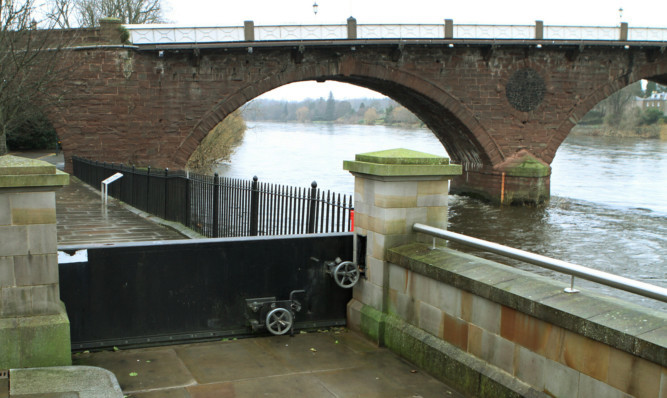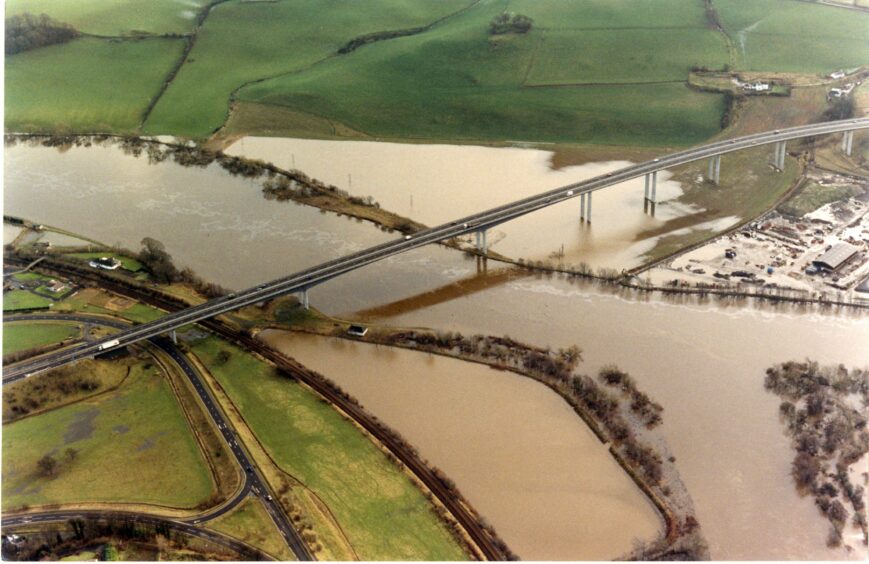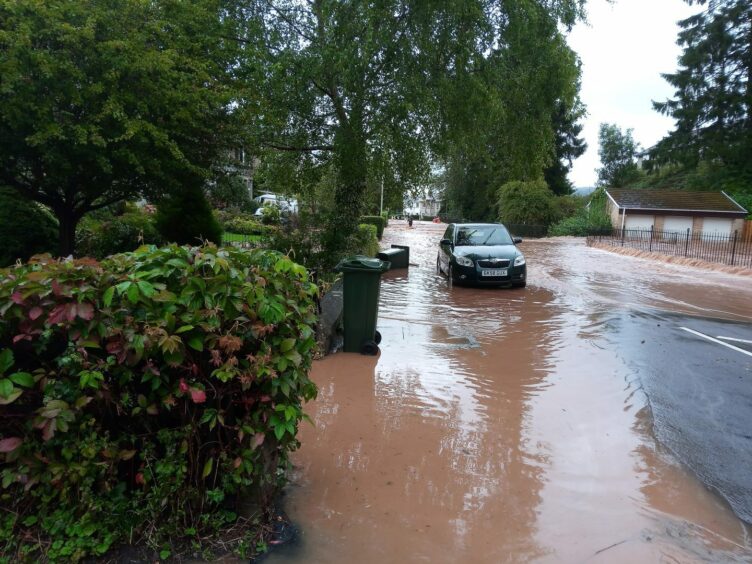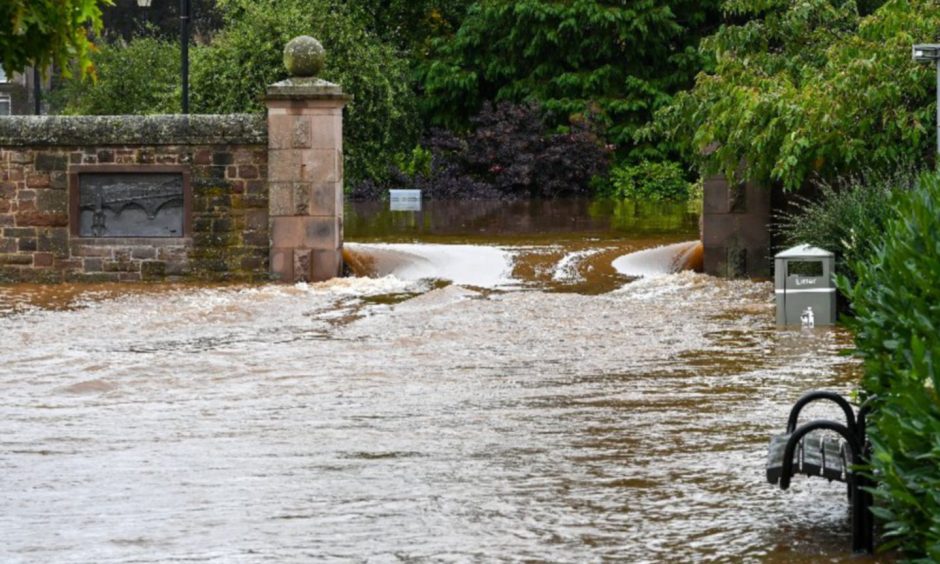Floodgates used to protect Perth and Kinross residents from flooding are once again the centre of some controversy.
In September 2023, when flooding devastated Perth, Perth and Kinross council admitted that they should have closed the South Inch floodgates.
Now as flooding once again causes chaos in Perthshire and other areas in Scotland, there are concerns that the North Inch floodgate was not closed in time.
What do we know about the Perth floodgates?
Flooding wreaked havoc in Perthshire, Fife and Angus at the weekend, causing travel disruption and putting businesses at risk.
There are still areas with flood warnings currently.
Perth, situated on the banks of the Tay, is low-lying and prone to flooding.
Following severe flooding in 1993, known as the Great Tay Flood, action was taken to prevent further chaos.
In 2001, Perth and Kinross council finished installation of a four year multi-million pound flood prevention scheme.
This included embankments, walls and floodgates.
There are approximately 80 floodgates along a 8km stretch of stone-faced wall, including South Inch floodgates over Craigie Burn and the North Inch floodgate, as part of the town’s £25 million flood defences.
Floodgates are used to control the water flow and according to Perth and Kinross council, “the floodgates should always be closed when the Met Office issues a yellow weather warning”.
Perth’s history of flooding
The North Inch floodgates are a point of contention currently, with Conservative MSP Murdo Fraser raising concerns that the North Inch floodgate was not closed in time to limit the flood risk.
However, Perth and Kinross council claim that the levels of water rose too quickly for them to close the North Inch floodgates.
This is despite their September statement that the floodgates should be closed whenever a yellow weather warning is issued and a promise to ensure this happens in the future.
Perth endured severe flooding in September this year, but there have been many other instances of flooding in the city.
Perth flooding timeline:
- September 2023 – flooding in Craigie area
- September 2022 – flooding hits the Cherrybank and Craigie areas, including the rail lines
- February 2021 – North Inch
- August 2020 – Cherrybank and Craigie areas
- June 2017 – North Inch and Feus Road
- July 2016 – Cromlix Road and Friarton area
- Early 2016 – Marshall Place and city centre
- September 2015 – Bridgend
- October 2013 – Friarton area
- July 2011 – Feus Road
- July 2010 – Feus Road and Fairfield area
Council will review response to Perth flooding – again
Climate change makes extreme weather events, such as torrential rain and flash flooding, more likely.
Following the severe flooding in August 2020, the council reviewed their response to the flooding.
This review revealed that three of the South Inch floodgates were not closed, which “exacerbated” the flooding.
It states: “One was as a result of human error (due to a training issue) and a lack of time to initiate the checking process which is usually followed during the gate closure procedure.
“The other two gates were inundated by water in the short time it took staff to arrive rendering it unsafe to approach these gates. The requirement to close the gates was triggered by a surface water flood event rather than a river warning. This issue has now been addressed.”
Now, a North Inch floodgate left open has caused frustration among the public.
A Perth and Kinross council spokesperson explained: “The rainfall overnight on Saturday led to a rapid and near unprecedented rise in water levels of the Tay which led to the North Inch being flooded before gates could be closed.”
Once again, the council have promised a review of their “response to the incident to see what can be learned for future events.”














Conversation